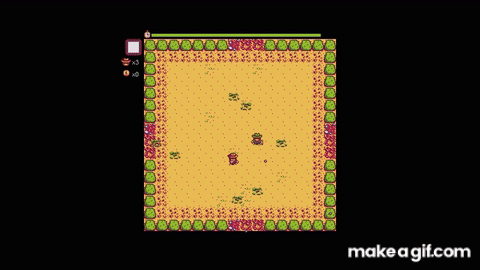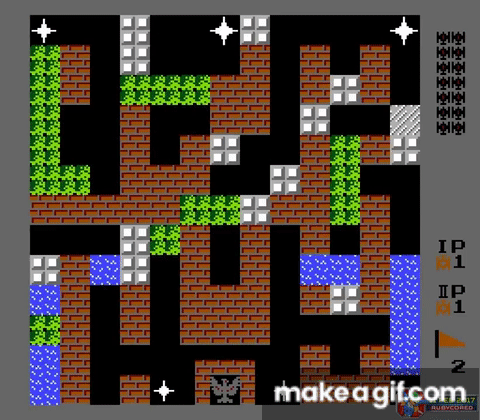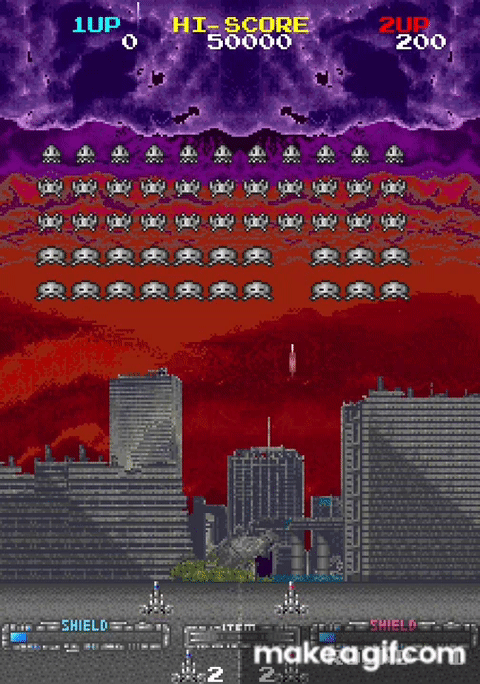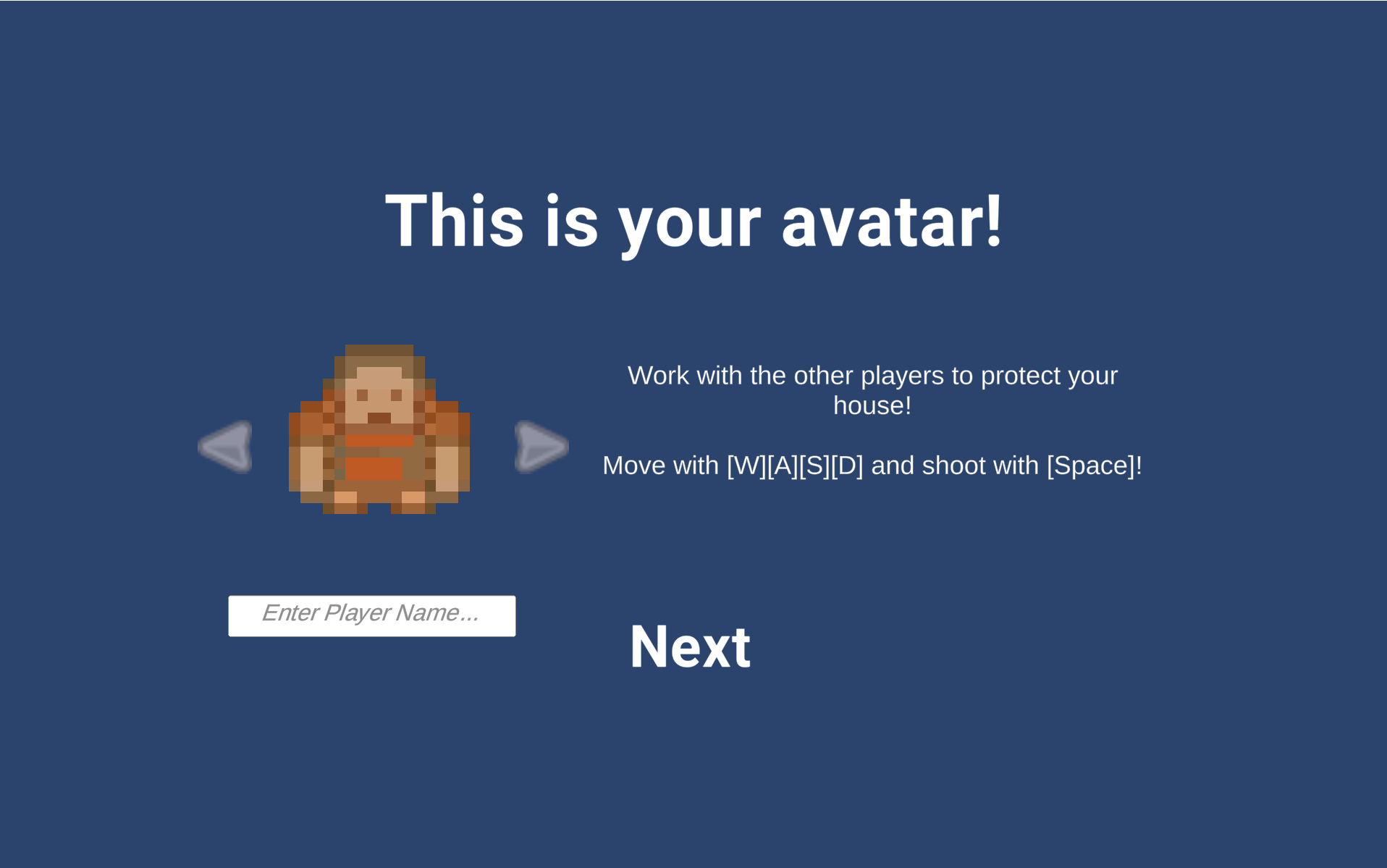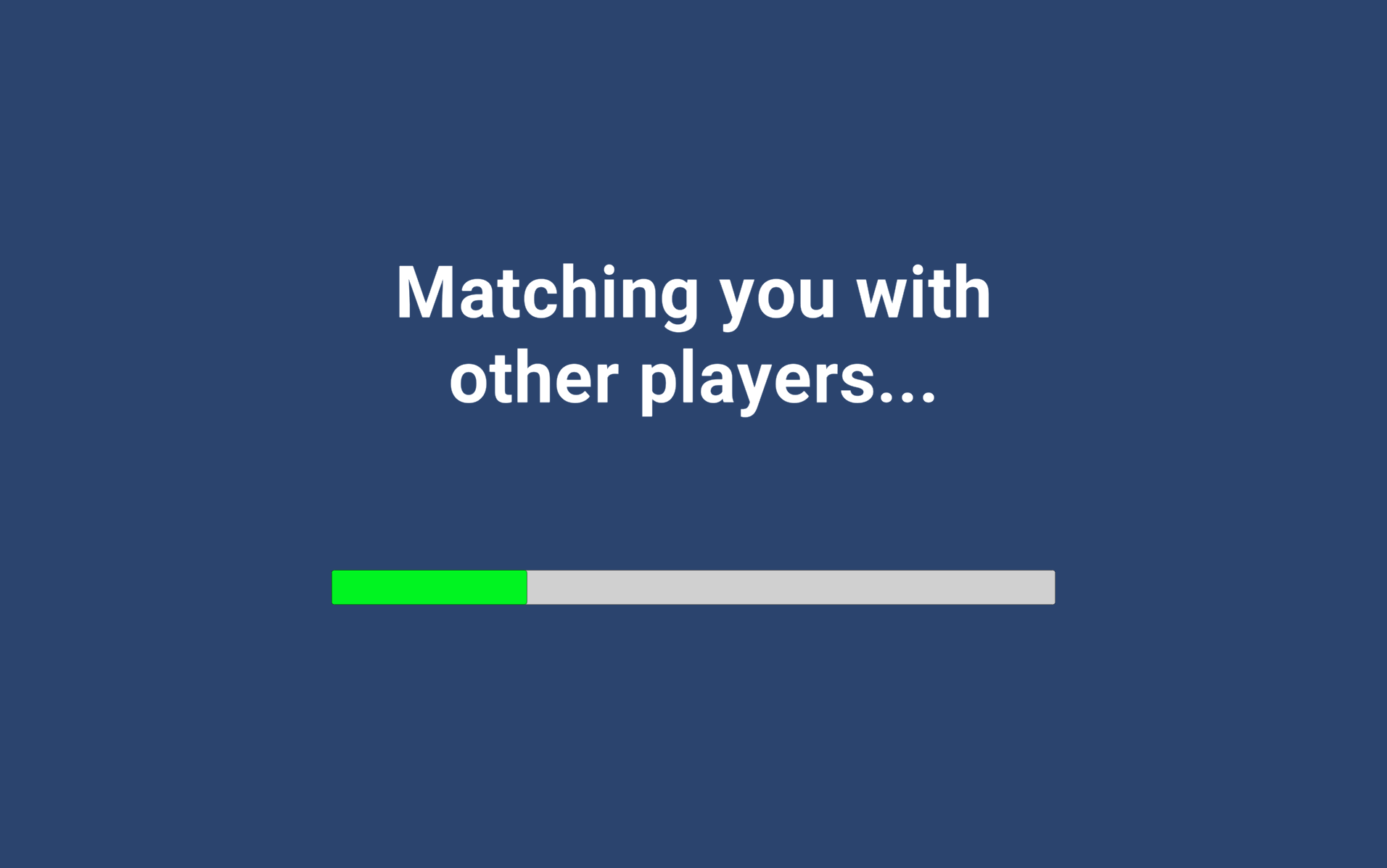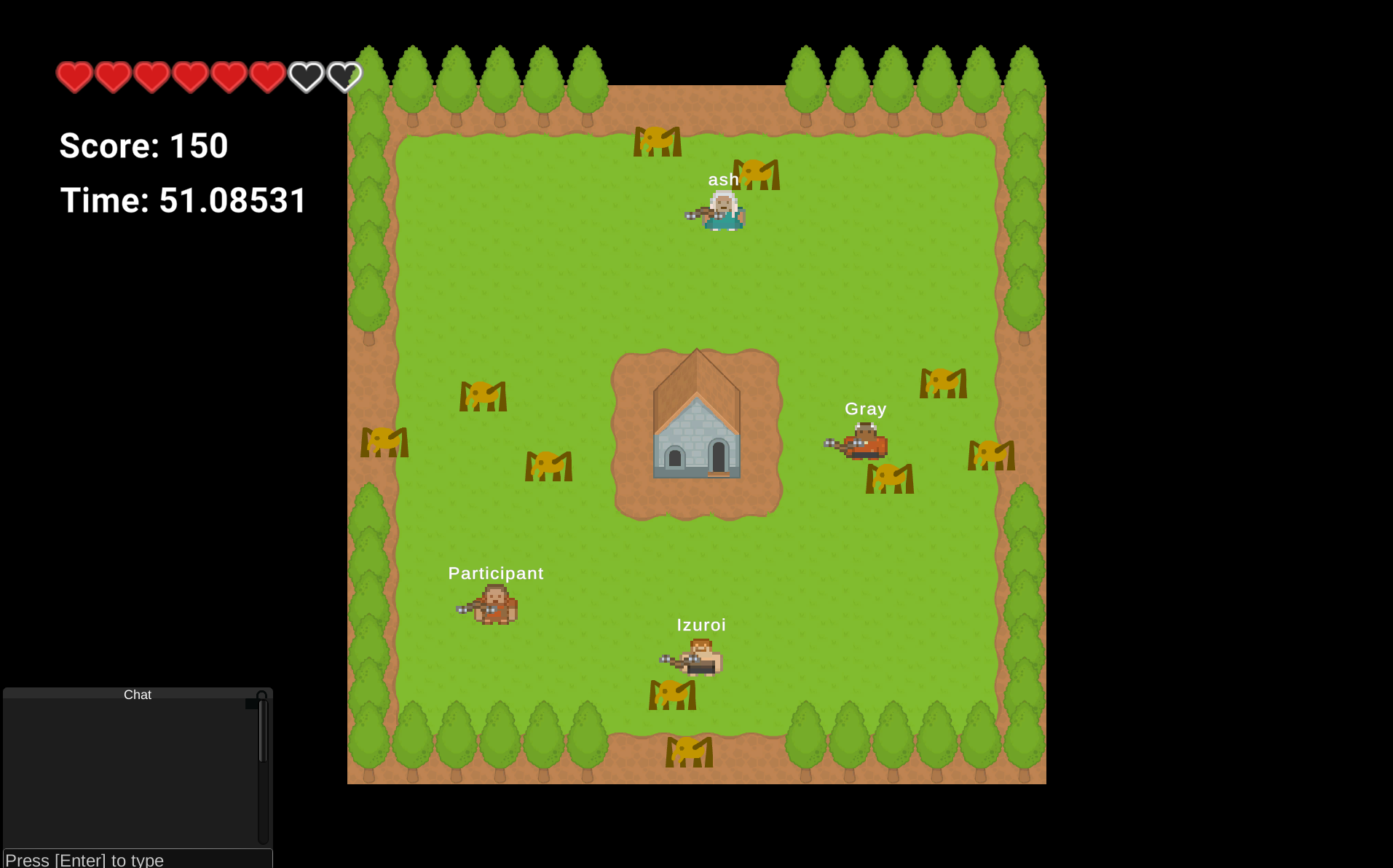← Back to list of research projects
Measuring Fear of Social Rejection (ongoing)
In this project, I aim to a) review all existing psychological models of social rejection/exclusion, b) review popular psychological experimental manipulations regarding social rejection/exclusion, c) propose a more inclusive model of social rejection/exclusion based on existing models and findings, d) propose a new psychological experimental manipulation that includes more dimensions and allows more flexible manipulations, and e) propose a new Fear of Rejection scale that measures individual’s trait fear of social rejection.
Overview:
Project type
Doctoral dissertation project
My role
Project lead, first author, principal investigator
Other teammates
Stephen J. Read, faculty advisor
Lynn Miller, faculty advisor
Steffie Kim, co-author and co-investigator
Anthony Duarte, research assistant
Yazmin Bocanegra, research assistant
Danuisca Rangan, research assistant
Omar Uraimov, game engineer and designer
Timeline
Aug 2021 – Present
Analyses performed
Factor Analysis
Reliability Analysis
General Linear Modeling
t-test
Partial Least Squares Modeling
- With Mediation
- With Moderation
Deliverables
Social Rejection / Exclusion Manipulation and Measurement
– Using A Faux Online Multiplayer Game
Goal:
Develop a social rejection/exclusion task (fake online multiplayter game) that manipulates feelings of rejection and measures individual’s post-rejection cognition & behavior
Rejection dimensions of interest:
Group vs. Individual
Was the rejection done by one individual or a group of individuals?
Implicit vs. Explicit Rejection
Was the rejection explicitly stated to the agent (“you can’t sit with us“) or implied via non-response (i.e., ghosting)?
Known vs. Unknown Intentions
Was the rejection intention made known to the agent? If known, was the intention personal (“because I don’t like you“) or irrelevant (“because we don’t have any more spaces left“)?
Proximity with rejecters
How close does the agent feel with the rejecter, prior to the rejection (e.g., strangers, acquaintances, close friends)?
Post-rejection cognition/behavior of interest:
State Fear of Rejection
How much did the rejection experience increase the agent’s state fear of rejection?
State Need for Affiliation
How much did the rejection experience increase the agent’s state of need for affiliation?
Affective Response
How angry vs. sad did the rejection experience cause the agent to feel?
Behavioral Approach vs. Avoidance
In subsequent social situations, does the agent engage in approach (when the need for affiliation is stronger than fear of rejection) or avoidant (when the fear of rejection is stronger than need for affiliation) behaviors?
Aggressive & Retaliative Behavior
If affiliation is not an option, does the agent exhibit aggressive tendencies?
Game design:
To accomodate the different dimensions of rejection, an online multiplayer defense game design was chosen for the following reasons:
Multiplayer games are great social systems that allow both experimental control and ecological validity
Defense games format promote collaboration among players, which makes in-game rejection more authentic (compared to when an opponent quits the game, the agent can interpret it as the opponent being a “sore loser”)
The design is heavily influenced by the Stardew Valley mini-game “Prairie King“ (map design and enemy algorithm), as well as Space Invader (shooting mechanism) and Tank90 (defending a shared base).
Stardew Valley mini-game, Prairie King. The players shoot at incoming enemies together.
Tank90. Players defend a shared base (bottom center) while shooting down enemy tanks.
Space Invader. Players shoot at incoming alients.
The experimental task takes the form of an online multiplayer game – Spider Apocolypse. Players of the game will work together, shooting arrows at invading spiders to protect their shared home.
Spider Apocolypse is not a real online multiplayer game. All other players aside from the agent/participant are AI NPCs.
The agent starts by entering their nickname and choosing a preferred avatar. This is to promote a sense of connection and self-representation in-game.
Once the agent is ready, a matching screen will appear for a few seconds, indicating that the agent is currently being matched with other online players.
When in-game, the agent defends the shared home with either one or three other players. A chatbox is displayed on the side of the screen.
The rejection condition is triggered half-way into the game, where one or more players quit the game, leaving the agent alone to defend the home for a few seconds before the game terminates itself.
Experimental manipulations in Spider Apocolypse:
Group vs. Individual
In the group condition, the agent plays with three other players.
In the individual condition, the agent plays with one other player.
Implicit vs. Explicit Rejection
In the implicit rejection condition, the other player(s) leave without further explanation.
In the explicit rejection condition, a reason for why the other player(s) left is provided.
Known vs. Unknown Intentions
In the known intentions, a personal reason is provided via the other player(s) sending a message in the chatbox along the lines of “[agent name], you suck at this game. I’m going to play another game.“
In the known intentions, a irrelevant reason is provided via a pop-up window that reads “the other player(s) left the game because they encountered a network issue.“
In the unknown intentions, a generic pop-up window reads “the game has been terminated due to an insufficient number of players.“
Proximity with rejecters
Manipulated outside of the game.
Progress:
2024 Feb
Dissertation completed and defended
2023 Dec
All studies and analyses completed
2022 Feb
All structural and UI elements are in
2022 Jan
NPC added; chat box added; rejection scenarios implemented
2021 Dec
Core game loop completed; WASD to move, space to shoot arrows
Fear of Rejection Scale
Goal:
Develop a Fear of Rejection scale that measures trait fear of rejection above and beyond existing scales
Research approach:
An initial pilot study designed via Qualtrics was administered via Prolific (N = 50) asking participants to outline some personal social rejection experiences.
The responses were then coded and transformed into rejection scenarios with response items (e.g., “how upset would you feel if this happened?“) to form the Fear of Rejection scale.
The scale was then tested in an iterative process.
Survey links (copies):
Fear of Rejection scale development (qualtrics link)
Data collected in 2021-2022, total N = 550
Analysis plan:
Iterative analyses using factor analysis and reliability analysis to ensure that subscale loadings are as expected and no redundant items are included.
Progress:
Feb 25, 2023
Findings presented at the 2023 annual conference for the Society of Personality and Social Psychology
Jan 10th, 2022
Version 2, 1st iteration administered on Prolific
4 subscales, 8 scenarios per subscale, 4 response items per scenario (total items N = 128)
Nov 1st, 2021
Version 1, 3rd iteration administered on Prolific
4 subscales, 14 scenarios per subscale, 3 response items per scenario (total items N = 168)
Jul 14th, 2021
Version 1, 2nd iteration administered on Prolific
4 subscales, 14 scenarios per subscale, 3 response items per scenario (total items N = 168)
Jun 25th, 2021
Version 1, 1st iteration administered on Prolific
4 subscales, 14 scenarios per subscale, 3 response items per scenario (total items N = 168)
Dec 21st, 2020
Pilot study administered to gather initial pool of items.
November 13th, 2020
IRB approved.

